A weir valve is a commonly used diaphragm valve. In a weir valve’s design, the diaphragm component presses the raised saddle or lip to create a sealing action. The elevated lip completely closes the diaphragm with reduced stress. Due to the diaphragm’s sturdy construction, manufacturers can use it in high-pressure and vacuum applications. Read More…
At U.S. Plastic Corp., we provide high-quality diaphragm valves designed to deliver precision flow control and reliable performance in demanding applications. We offer a range of configurations to accommodate various pressure and temperature requirements, ensuring compatibility with diverse piping systems. With a commitment to quality and innovation, we help customers achieve efficient, leak-free ...

Since 1950, Century Instrument has been selling diaphragm valves as well as actuators. Our control parts and products allow for highly accurate control of temperature, pressure, or flow when handling of steam, water, air, oil, gas or other fluids. Our customers are our most important asset and as such our philosophy is to put the customer first and foremost in all considerations.

Offering a full line of flow control products, Plast-O-Matic Valves ensures high quality by testing each of our valve products individually before shipment. We offer plastic check valves, PVC check valves, relief valves, ball check valves and more. We are committed to engineering excellence.

More Weir Valve Manufacturers

Weir-Type Diaphragm Valves: Comprehensive Guide, Selection, and Applications
Weir-type diaphragm valves are a cornerstone of modern fluid control and flow regulation systems, particularly in applications requiring precise throttling, minimal contamination risk, and reliable shutoff. These industrial valves are engineered for the accurate regulation of liquids and gases, including corrosive, viscous, and high-purity media. In this guide, you’ll discover how weir valves work, their advantages and disadvantages, key decision factors for selection, and the most common use cases across various industries.
What Are Weir-Type Diaphragm Valves?
Weir-type diaphragm valves, also known as weir valves or weir diaphragm valves, are a specialized variation of diaphragm valves featuring a raised saddle or “weir” within the valve body. This unique design allows the diaphragm to close against the weir, creating an effective seal and enabling precise control of extremely small flow rates. The weir design minimizes dead space, reducing the risk of contamination and making these valves ideal for clean process applications and sterile environments.
Curious about the differences between weir-type and straight-through diaphragm valves? Learn more about how weir-type diaphragm valves compare to other valve types.
Working Principle of the Weir Valve
The working principle of a weir valve revolves around its flexible diaphragm, which is tightly attached to a compressor. The stem, connected to the compressor, moves vertically to adjust the flow. As the valve stem rises, the compressor and diaphragm move upward, allowing fluid or gas to flow through the opening created at the valve's center. Lowering the stem pushes the diaphragm down onto the weir, restricting or completely stopping flow. This simple yet effective mechanism allows for precise modulation and shutoff, making weir-type diaphragm valves highly valued in process control systems.

Key Components of Weir Valves
- Valve Body: Houses the weir, typically constructed from robust materials such as stainless steel, plastic, or lined alloys for corrosion resistance.
- Diaphragm: A flexible elastomer or PTFE membrane that creates a leak-proof seal.
- Compressor: Applies force to the diaphragm to regulate flow.
- Stem & Actuator: Controls the vertical movement of the diaphragm—can be manual, pneumatic, or electric.
Why Choose a Weir-Type Diaphragm Valve?
Wondering when a weir valve is the right solution for your process? Weir-type diaphragm valves are ideal for:
- Precise flow control in low- to medium-pressure applications
- Systems requiring sterile, aseptic, or sanitary processing (e.g., pharmaceutical, food & beverage, biotechnology)
- Handling corrosive, abrasive, or high-purity fluids
- Minimizing risk of contamination and dead space
- Throttling and shutoff operations in pipelines
Need help sizing or specifying a weir valve for your facility? Find out how to select the optimal weir valve for your application.
Considerations for Selecting a Weir Valve
Choosing the right weir-type diaphragm valve involves evaluating several critical parameters to ensure compatibility and optimal performance in your system. Below are the main factors to consider during the selection process:
- Flow Rate & Valve Flow Coefficient (Cv): Calculate the required flow rate and determine the valve’s Cv to select the appropriate size. Accurate sizing ensures the valve can achieve desired flow control without excessive pressure drop or turbulence.
- Pressure Drop: The difference between inlet and outlet pressure affects both performance and energy efficiency. If your process demands minimal pressure variation, opt for a weir valve designed for low pressure drop and fast response time.
- Adjustability & Rangeability: Weir diaphragm valves are renowned for their adjustable flow control. The degree of rangeability depends on actuator precision, compressor geometry, valve body design, and diaphragm material.
- Volume, Temperature, and Pressure Ratings: Assess the volume, operating temperature, and pressure at both inlet and outlet. Viscosity and specific gravity of the fluid also influence valve selection. Accurate data ensures the chosen valve meets capacity and durability requirements.
- Material Compatibility: Select valve bodies and diaphragms made from materials compatible with your process media (e.g., PTFE, EPDM, Viton, stainless steel, PVDF, or lined options). This is especially crucial for aggressive chemicals or high-purity applications.
- Actuation Method: Decide between manual, pneumatic, or electric actuators based on your automation needs, operational environment, and safety requirements.
- Maintenance & Cleaning: Consider ease of disassembly, cleaning, and replacement—especially in industries with stringent hygiene standards.
Still unsure which weir valve suits your requirements? Request an expert consultation or a custom quote from top weir valve suppliers.

How to Specify the Right Weir Valve: Step-by-Step Guide
- Identify the application: Define whether your process involves clean water, chemicals, slurries, or other fluids. This affects material and design choices.
- Determine process conditions: Gather data on temperature, pressure, and flow requirements to ensure compatibility and safety.
- Select materials: Choose suitable body, lining, and diaphragm materials based on chemical compatibility and hygiene standards.
- Choose actuation: Decide if manual, pneumatic, or electric actuation best fits your automation and control needs.
- Define connection type: Specify end connections (flanged, threaded, welded) to match your piping system.
- Check compliance: Ensure valves meet relevant industry standards and certifications (e.g., FDA, USP Class VI, ISO, ASME BPE) for your sector.
Looking for weir valves for high-purity or clean-in-place (CIP) systems? Discover industry-specific applications and solutions.
Advantages of Weir Valves
- Corrosion Resistance: Weir-type diaphragm valves are extensively lined (e.g., with PTFE or rubber) to resist chemical deterioration, enabling safe transportation of hazardous, toxic, or radioactive fluids.
- Bubble-Tight Shutoff: The flexible diaphragm provides a leak-free, bubble-tight seal that ensures zero leakage in critical applications.
- Excellent Throttling and Control: These valves excel at both on-off and throttling duties, making them versatile for process control and isolation.
- Low Maintenance: The simplicity of the design and absence of packing glands reduce maintenance needs and lower the risk of leakage around the stem.
- Suitability for Viscous and Slurry Media: The weir design allows effective handling of viscous, fibrous, and slurry fluids with minimal clogging.
- Hygienic Design: Smooth internal contours and minimal crevices reduce contamination risks and facilitate cleaning, especially in sanitary or aseptic processing.
- Versatile Actuation: Available with manual handwheels, pneumatic actuators for automation, or electric controls for integration into complex process systems.
Disadvantages of Weir Valves
- Material Limitations: Rapid wear or failure may occur if the valve is not constructed from corrosion-resistant or chemically compatible materials for the intended media.
- Pressure Constraints: Most weir-type diaphragm valves are not suited for extremely high-pressure applications (typically above 200 psi), limiting their use in certain industrial settings.
- Diaphragm Wear: In highly contaminated or abrasive throttling services, the diaphragm can corrode or degrade, necessitating more frequent replacement.
- Not Suitable for High-Temperature Applications: Elastomer or PTFE diaphragms may have temperature limits—ensure compatibility for your process.
- Limited to Moderate Flow Rates: While excellent at precise control, these valves may not accommodate very large volumes or high velocities compared to other valve types.
Applications of Weir Valves Across Industries
Weir-type diaphragm valves are widely used in industries where contamination control, corrosion resistance, and reliable shutoff are critical. Common applications include:
- Pharmaceutical Manufacturing: Used in sterile and aseptic processing, clean-in-place (CIP) systems, and transfer of high-purity water or chemicals.
- Food & Beverage: Ideal for sanitary handling of ingredients, flavorings, and CIP cleaning circuits.
- Biotechnology & Life Sciences: Ensure contamination-free control of media and reagents in bioprocessing.
- Chemical Processing: Handle corrosive acids, alkalis, solvents, and other aggressive chemicals with lined or exotic-material valves.
- Power Generation: Used for demineralized water systems, boiler feedwater, and chemical injection lines.
- Water Treatment: Employed in potable water, desalination, and wastewater treatment plants for accurate chemical dosing and flow control.
- Mining & Minerals Processing: Manage slurries, abrasive media, and tailings with robust, abrasion-resistant designs.
- Semiconductor & Microelectronics: Critical for ultra-pure water and chemical delivery in cleanroom environments.
- General Industrial: Suitable for any application demanding clean, reliable shutoff and flow regulation.
Use-Case Spotlight: In pharmaceutical production, weir-type diaphragm valves are essential for maintaining sterility and preventing cross-contamination during batch processing, CIP, or sterile filtration steps.
Weir-Type vs. Straight-Through Diaphragm Valves
Weir-type diaphragm valves differ from straight-through diaphragm valves in key ways. The raised weir in the former enables tight shutoff with less diaphragm movement, reducing wear and enabling reliable sealing even for small flows. Straight-through designs, by contrast, have no saddle and are better suited for slurries and high-solid content fluids, but may be less effective at bubble-tight shutoff or sterile processing. Selecting between the two depends on your process needs—sterility and throttling favor weir-type, while heavy slurries favor straight-through models.
Want to compare different valve types for your process? Contact our experts today for tailored recommendations.
How to Maintain and Troubleshoot Weir Valves
Proper maintenance of weir-type diaphragm valves ensures longevity, operational safety, and consistent performance. Here are essential maintenance tips and troubleshooting steps:
- Routine Inspection: Regularly check for diaphragm wear, leaks, and body corrosion. Replace diaphragms proactively based on manufacturer recommendations or process frequency.
- Cleaning: For sanitary and high-purity applications, follow validated cleaning protocols (e.g., CIP/SIP) to prevent buildup and maintain sterility.
- Lubrication: If specified, lubricate moving parts to prevent stem or actuator seizing.
- Troubleshooting Flow or Leakage Issues: Examine the diaphragm for pinholes, tears, or chemical attack. Check actuator alignment and ensure all fasteners are secure.
- Spare Parts Management: Keep a stock of replacement diaphragms and seals for rapid turnaround during scheduled maintenance.
Frequently Asked Questions About Weir Valves
- What industries benefit most from weir-type diaphragm valves?
Industries requiring sterile, corrosion-resistant, or bubble-tight shutoff—such as pharmaceuticals, biotech, chemical processing, water treatment, and food & beverage—see the greatest benefit. - How do I choose between manual and automated weir valves?
Manual valves are suitable for infrequent operation or where cost is a concern. Pneumatic and electric actuators enable remote control, automation, and integration with process control systems. - Can weir valves be used for slurries or abrasive media?
Yes, with proper material selection and design, weir valves can handle slurries and viscous fluids, though straight-through designs may offer even better performance for abrasive services. - How often should diaphragms be replaced?
The replacement interval depends on process conditions, media compatibility, and cycle frequency. Follow manufacturer guidelines or monitor for signs of wear and leakage. - Are there hygienic and aseptic weir valves?
Yes, specialized valves with polished surfaces, FDA- or USP-compliant materials, and aseptic designs are available for hygienic processing.
Choosing the Correct Weir Valve Manufacturer
For the most beneficial outcome when purchasing weir valves from a reputable weir valve supplier, it is important to compare several companies using our directory of trusted manufacturers. Each weir valve supplier has a detailed business profile page highlighting their areas of expertise, product certifications, and manufacturing capabilities. Use our contact form to directly communicate with suppliers for more information, technical support, or to request a quote tailored to your project.
Wondering how to evaluate weir valve manufacturers? Consider the following factors:
- Industry Certifications: Look for compliance with international standards (e.g., ISO 9001, ASME BPE, FDA, USP) for quality assurance.
- Material Expertise: Ensure the manufacturer offers a range of body and diaphragm materials suitable for your process media.
- Customization & Engineering Support: Top suppliers can assist with custom valve design, special connections, and integration into automated process systems.
- After-Sales Service: Choose suppliers who offer technical support, spare parts, and maintenance guidance.
- Reputation & Experience: Review company history, project portfolio, and customer testimonials to assess reliability.
Review each weir valve business website using our patented website previewer for a better understanding of what each company specializes in. Then, use our simple RFQ (Request For Quote) form to contact multiple weir valve businesses with a single submission.
Ready to Take the Next Step?
- Request a custom weir valve quote for your project
- Explore more industry-specific weir valve solutions
- Get expert guidance on specifying and sizing weir valves
For more information on diaphragm valves, process control solutions, or to connect with leading weir valve manufacturers, contact our team for personalized assistance.




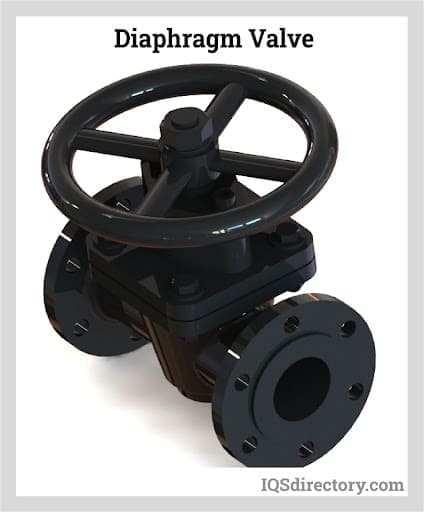
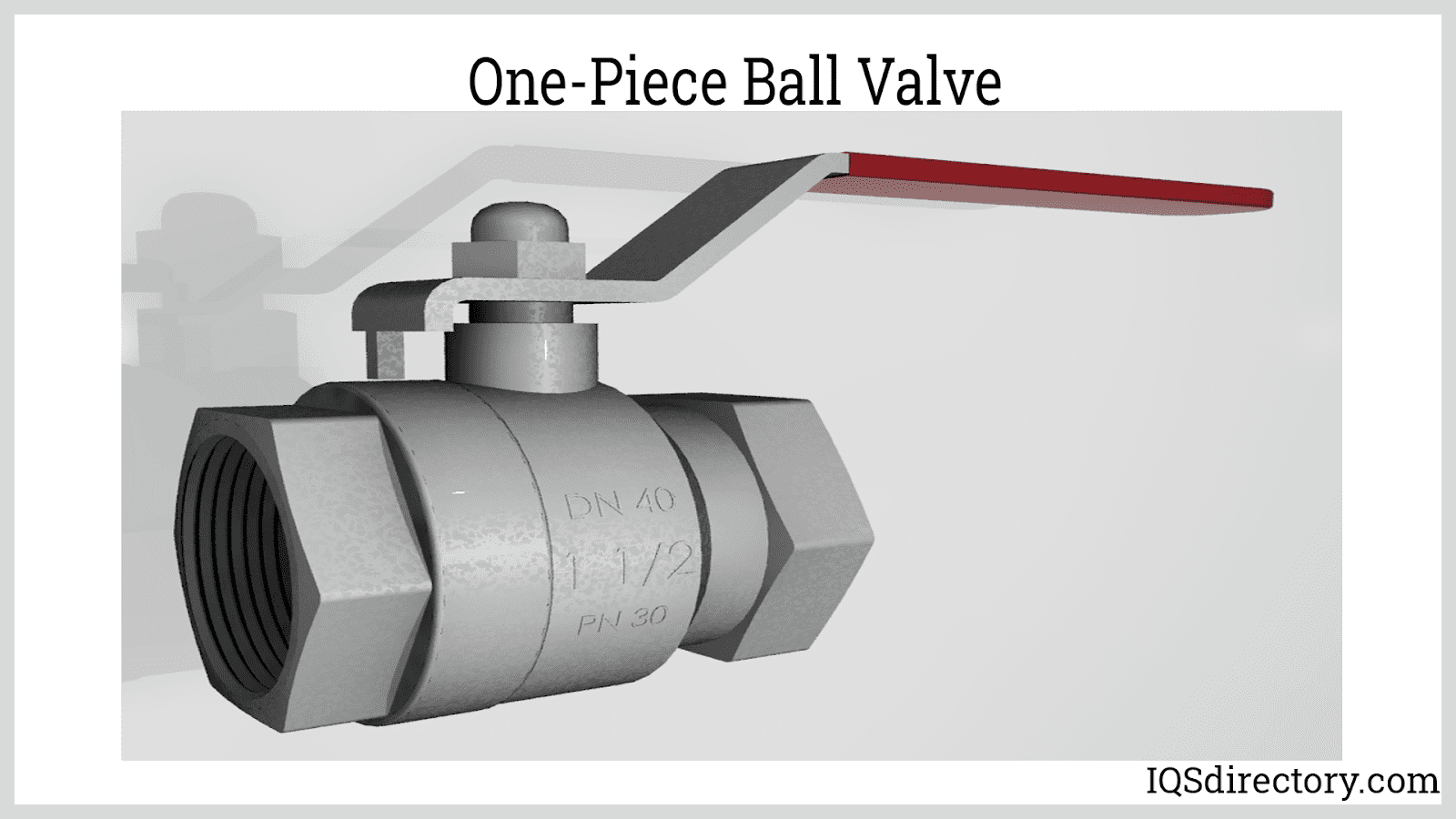
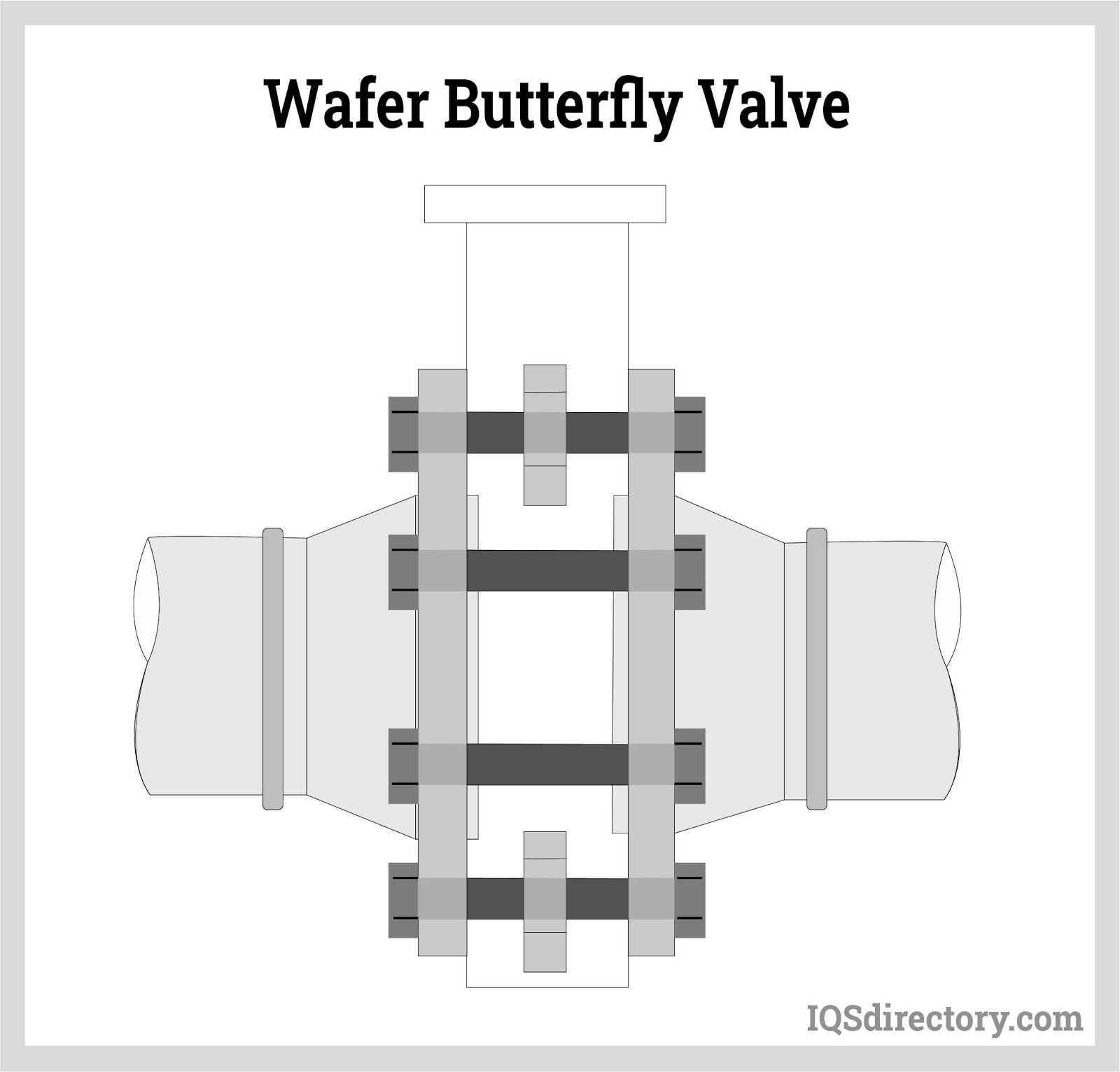
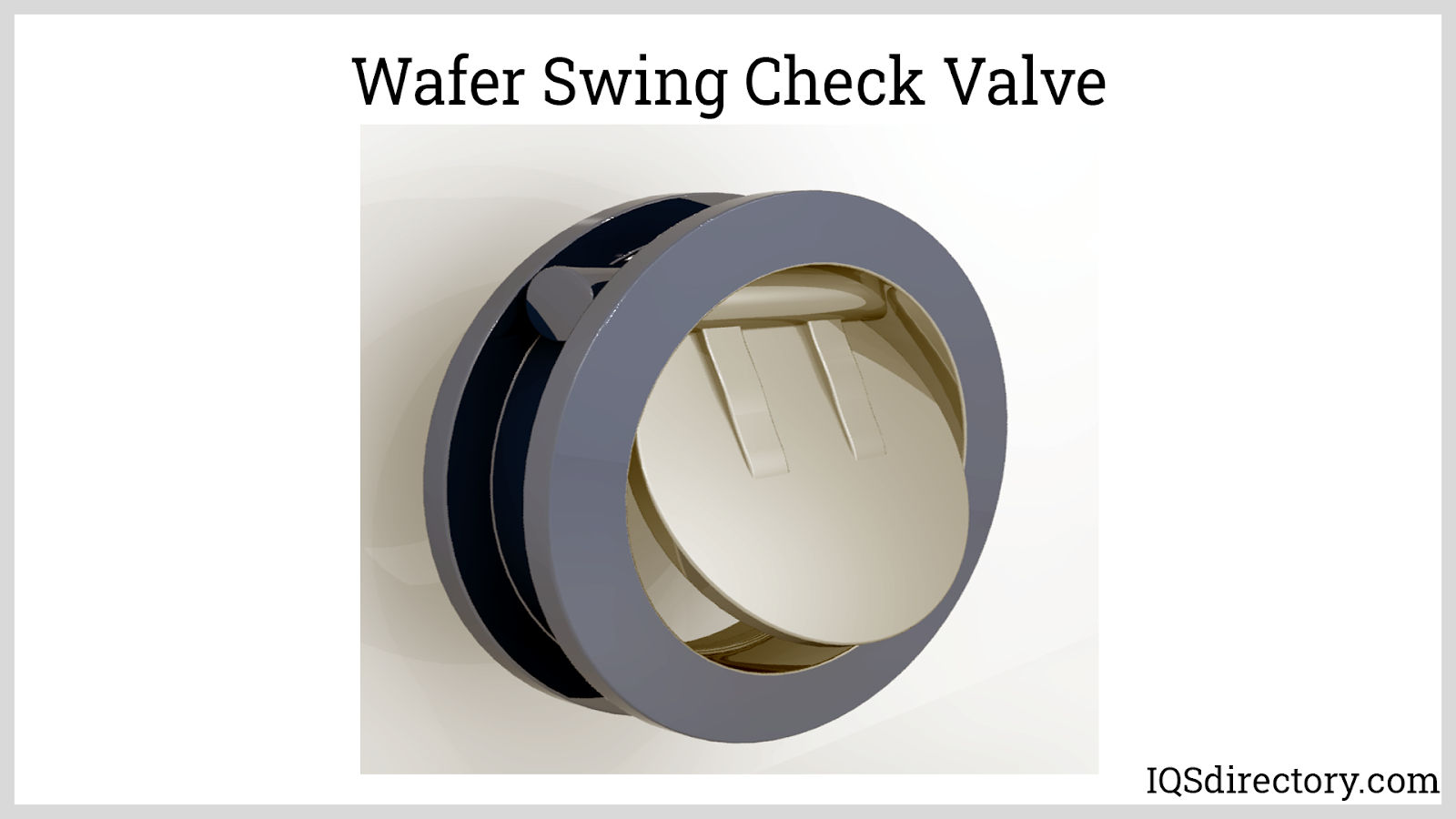
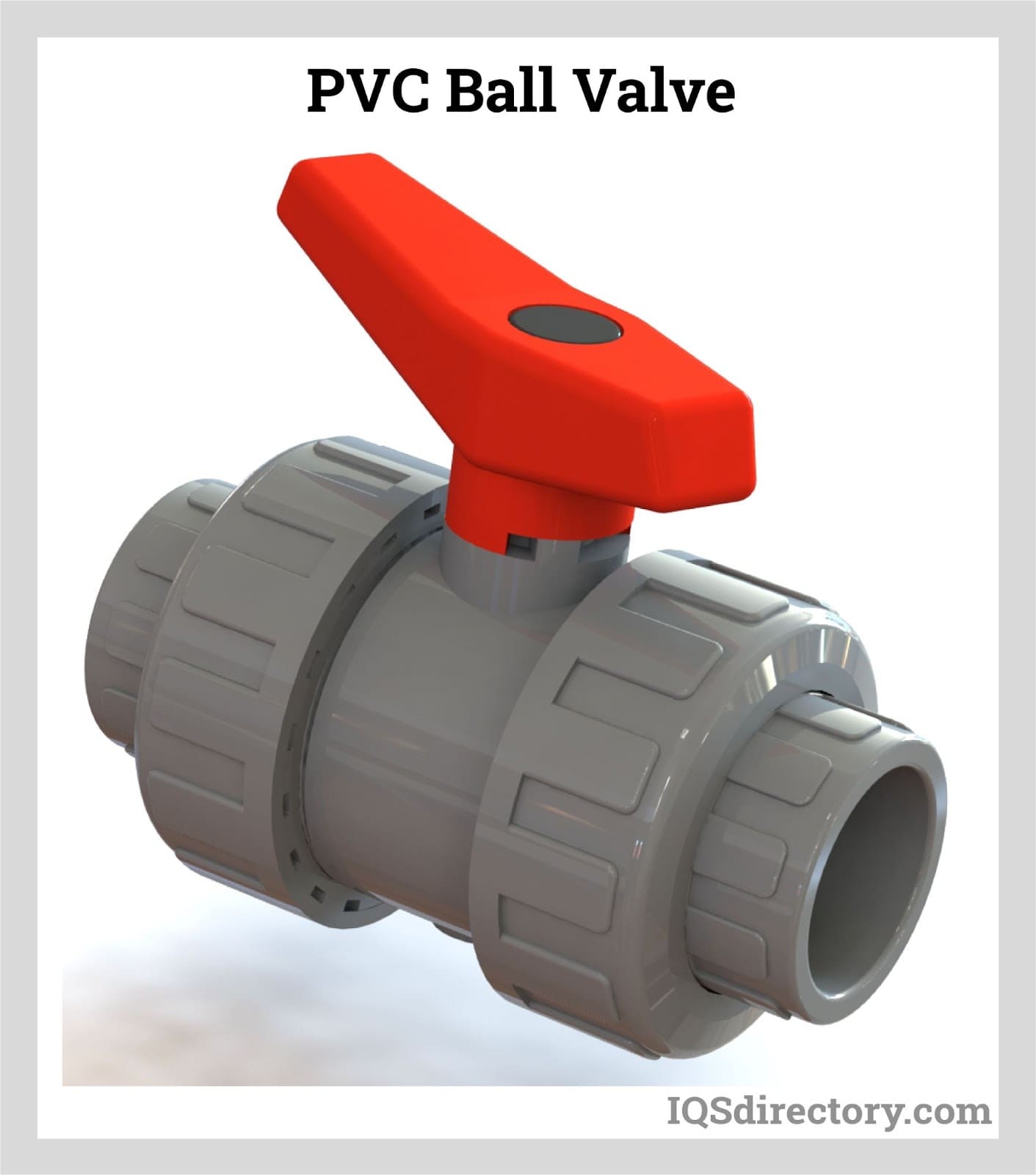
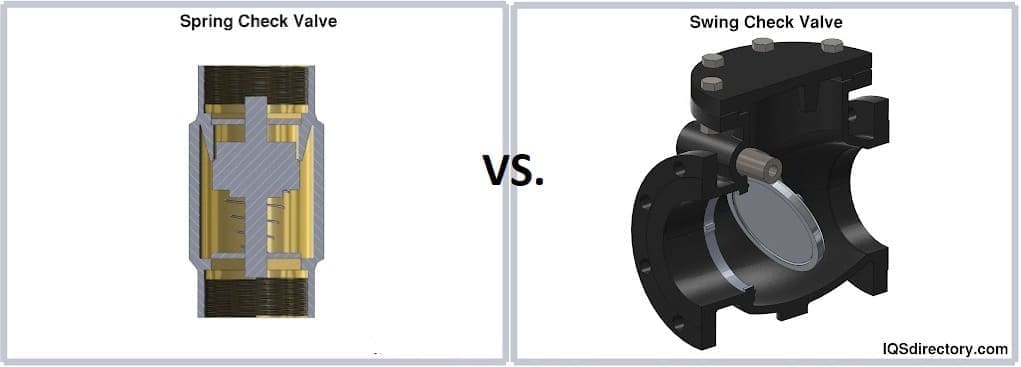
 Ball Valves
Ball Valves Butterfly Valves
Butterfly Valves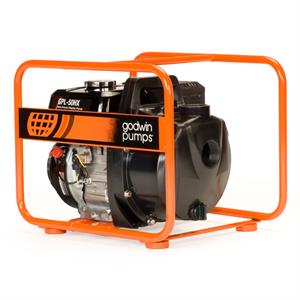 Centrifugal Pumps
Centrifugal Pumps Check Valves
Check Valves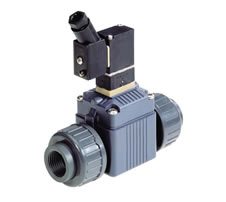 Diaphragm Valves
Diaphragm Valves Flow Meters
Flow Meters Hydraulic Pumps
Hydraulic Pumps Hydraulic Valves
Hydraulic Valves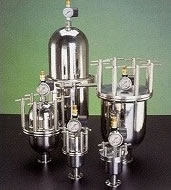 Metering Pumps
Metering Pumps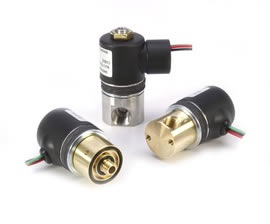 Solenoid Valves
Solenoid Valves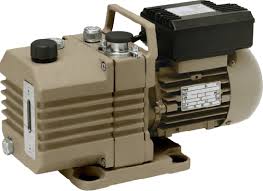 Vacuum Pumps
Vacuum Pumps Castings & Forgings
Castings & Forgings Bulk Material Handling
Bulk Material Handling Electrical & Electronic Components
Electrical & Electronic Components Flow Instrumentation
Flow Instrumentation Hardware
Hardware Material Handling Equipment
Material Handling Equipment Metal Cutting Services
Metal Cutting Services Metal Forming Services
Metal Forming Services Metal Suppliers
Metal Suppliers Motion Control Products
Motion Control Products Plant & Facility Equipment
Plant & Facility Equipment Plant & Facility Supplies
Plant & Facility Supplies Plastic Molding Processes
Plastic Molding Processes Pumps & Valves
Pumps & Valves Recycling Equipment
Recycling Equipment Rubber Products & Services
Rubber Products & Services